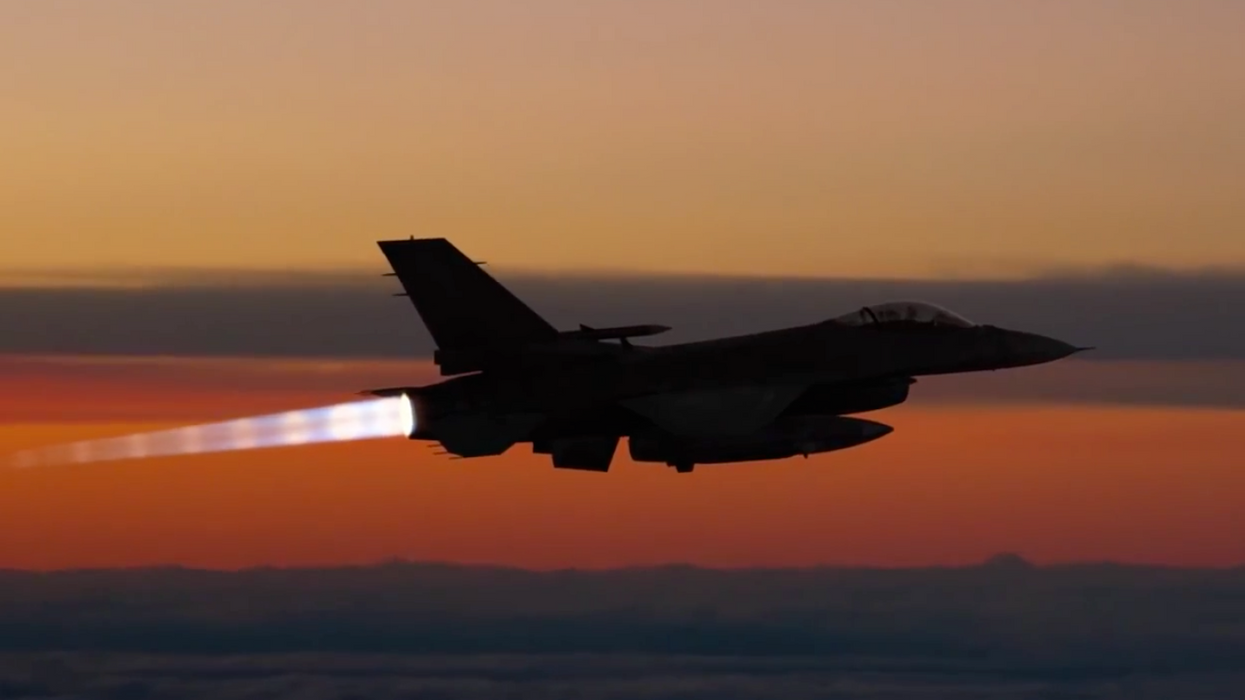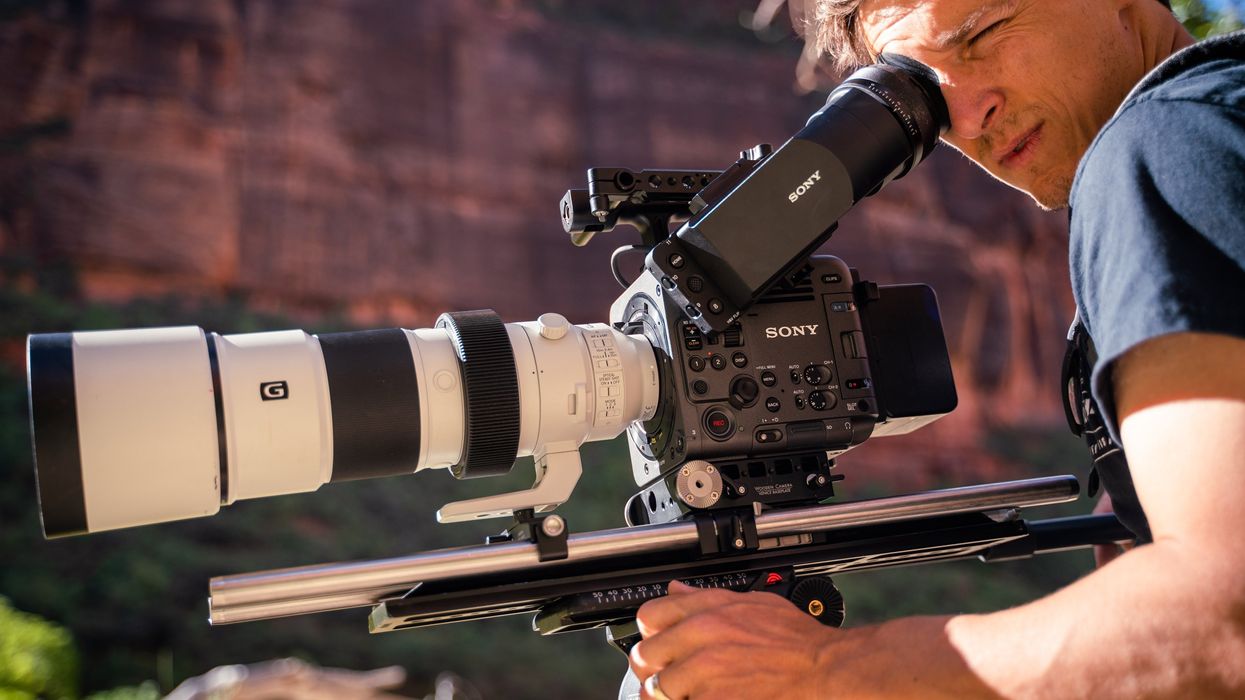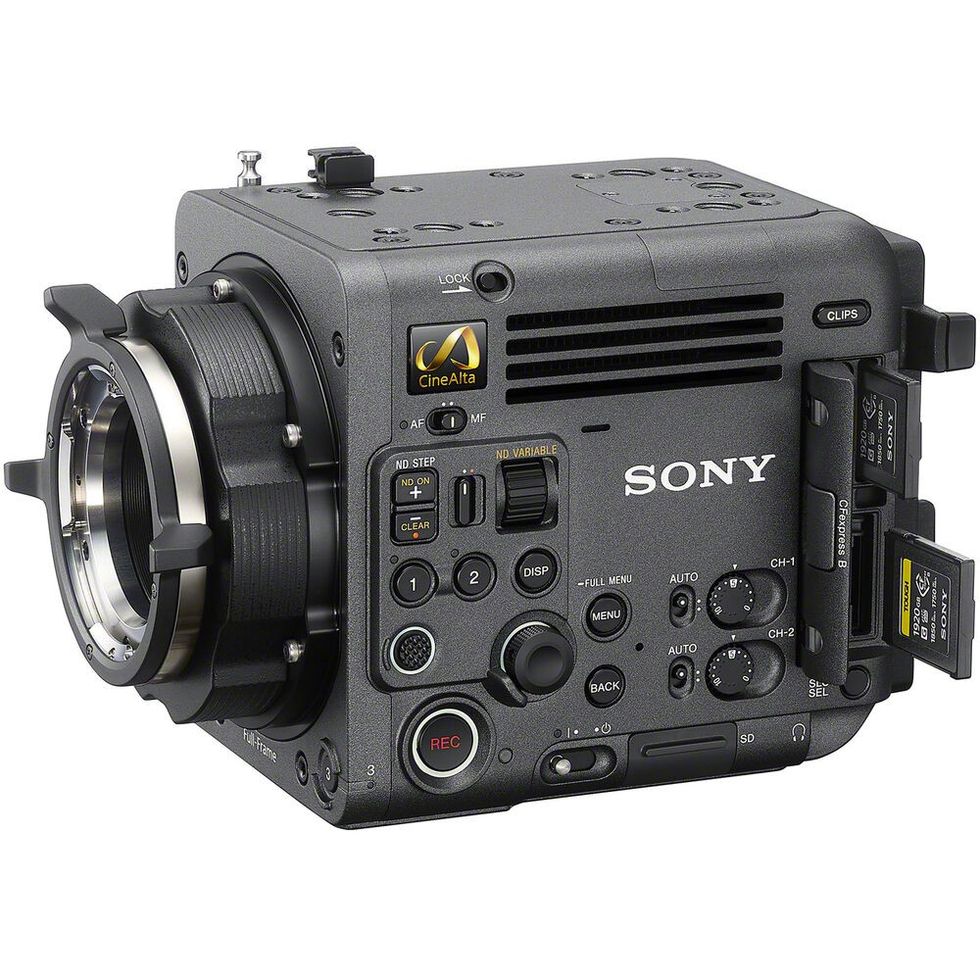Bored on a Plane? Capture Stunning Aerial Shots with These Simple Camera Techniques
You may not have the budget to film actual jets or planes flying through the sky, but you can film your own background footage 35,000 feet in the air to use when you composite an aerial scene.

The next time you travel by plane, you might want to take your camera with you, because there's always an opportunity to film some excellent shots -- and we're not talking about a simple iPhone pick up shot of a blinking "fasten your seat belt" sign like Effects Supervisor Robert Legato got for The Wolf of Wall Street. We're talking about stunning aerials that can be used in a number of different ways, including compositing scenes in After Effects using Video Copilot's Element 3D JetStrike pack (or whichever plugins/3D models you use).
Scott Newman of IndependentVFX shows us just how simple it is to capture some beautiful aerial footage by using some basic camera techniques (and clever travel planning).
What kind of gear works best for these types of shots? Newman makes a few suggestions:
Personally I found 35mm on a full frame DSLR to work really well. Any wider and you start to catch the sides of the window frame (and the wing, depending on where you sit). Also -- the longer lenses are really tough to keep stable -- even the slightest bumps cause a lot of wobble. But 35mm - 50mm is a good range for me.
This isn't a perfect solution by any means if you want to use this footage as a background -- in fact, you might have some aerial stock footage lying around somewhere that might work just as well or better. (And if you don't, they're cheap to acquire.) However, these tips are great to know anyway in case you want to use original material, capture a particular landscape that you can't find in a stock footage library, or just want to do something other than listen to the guy next to you snore as he rests his sweaty noggin on your shoulder.
Source: IndependentVFX













